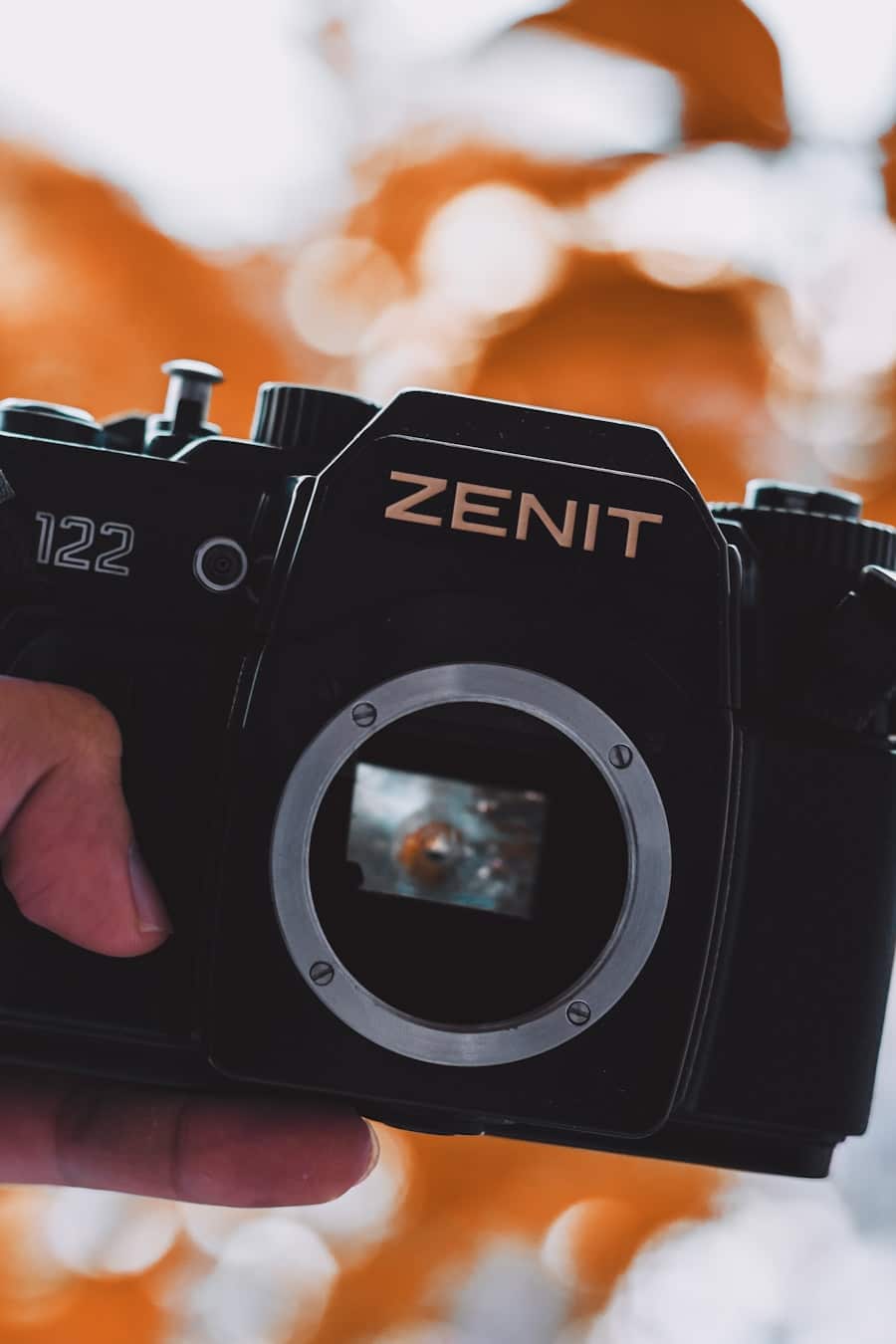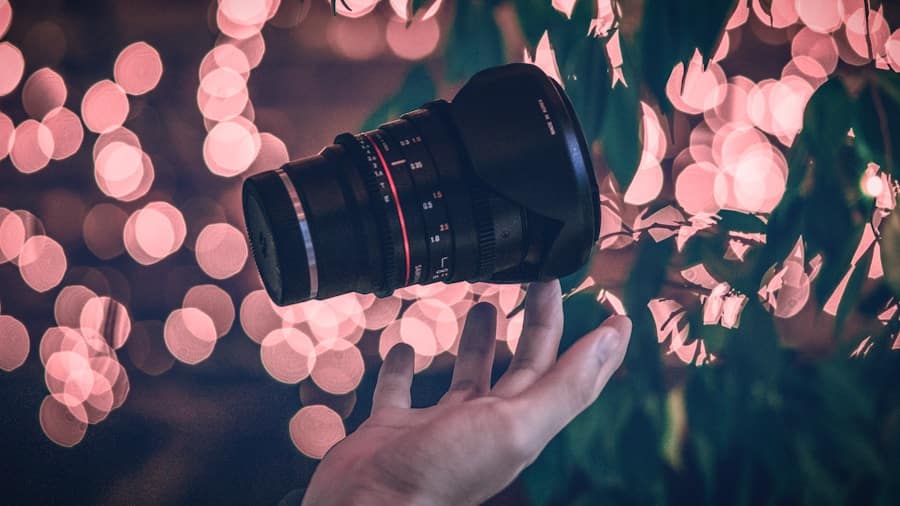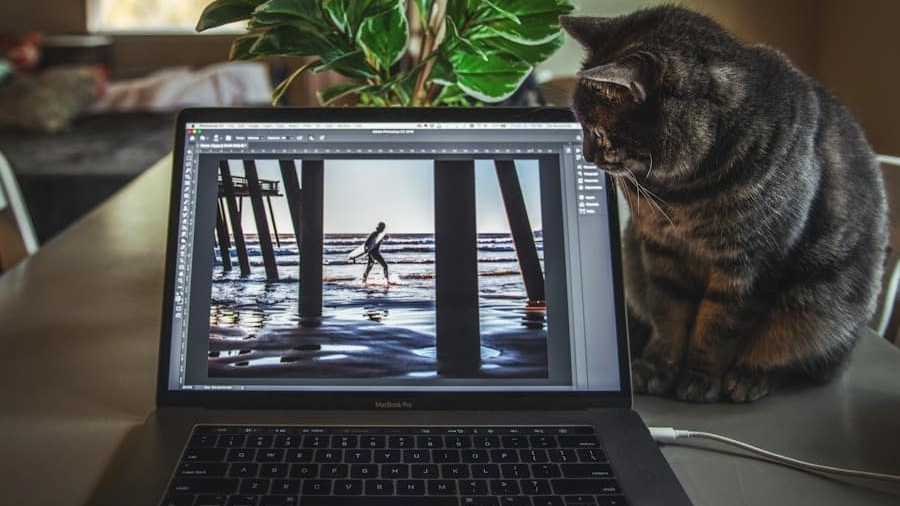The advent of artificial intelligence has revolutionized numerous industries, and photography is no exception. AI photo editing tools have emerged as powerful allies for both amateur and professional photographers, streamlining the editing process and enhancing the quality of images with unprecedented efficiency. These tools leverage machine learning algorithms to analyze images, identify elements, and apply adjustments that would traditionally require extensive manual effort.
As a result, photographers can achieve stunning results in a fraction of the time it would take using conventional editing software. The rise of AI in photo editing is not merely a trend; it represents a significant shift in how we approach image manipulation. With the ability to automate repetitive tasks, AI tools free up creative energy, allowing photographers to focus on the artistic aspects of their work.
From basic enhancements like color correction and noise reduction to more complex tasks such as object removal and background replacement, AI photo editing tools are designed to cater to a wide range of editing needs. This article delves into the various facets of AI photo editing tools, providing insights into their selection, features, and integration into a photographer’s workflow.
Key Takeaways
- AI photo editing tools use artificial intelligence to enhance and edit photos automatically.
- When choosing the right AI tool, consider your specific editing needs and the features offered by different platforms.
- Understanding the features and capabilities of AI editing tools can help you make the most of their potential for photo enhancement.
- Uploading and managing your photos in AI editing platforms allows for easy access and organization of your photo library.
- Leveraging AI for automatic photo enhancement can save time and effort in the editing process.
Choosing the Right AI Tool for Your Editing Needs
Selecting the appropriate AI photo editing tool is crucial for maximizing the benefits these technologies offer. The first step in this process involves assessing your specific editing requirements. For instance, if you primarily work with portraits, you might prioritize tools that excel in skin retouching and lighting adjustments.
Understanding your niche will guide you toward tools that align with your artistic vision. Another important consideration is the user interface and ease of use.
Some AI editing tools are designed with beginners in mind, featuring intuitive layouts and guided workflows that simplify the editing process. Others may cater to more experienced users, offering advanced features that require a deeper understanding of photography principles. It’s essential to choose a tool that matches your skill level while also providing room for growth as you become more proficient in your editing techniques.
Additionally, exploring user reviews and trial versions can provide valuable insights into how well a tool performs in real-world scenarios.
Understanding the Features and Capabilities of AI Editing Tools

AI photo editing tools come equipped with a diverse array of features that can significantly enhance the editing experience. One of the most notable capabilities is automatic image enhancement, where algorithms analyze an image’s composition and make adjustments to brightness, contrast, saturation, and sharpness without requiring manual input. This feature is particularly beneficial for photographers who need to process large batches of images quickly, as it can dramatically reduce the time spent on routine edits.
Moreover, many AI tools offer advanced functionalities such as object recognition and segmentation. This allows users to isolate specific elements within an image for targeted adjustments. For example, if a photographer wants to enhance the sky in a landscape photo without affecting the foreground, AI segmentation can facilitate this process with precision.
Additionally, features like style transfer enable users to apply artistic effects inspired by famous paintings or styles, transforming ordinary photos into visually striking pieces of art. Understanding these capabilities can help photographers leverage AI tools more effectively to achieve their desired outcomes.
Uploading and Managing Your Photos in AI Editing Platforms
Once you have selected an AI photo editing tool that suits your needs, the next step involves uploading and managing your photos within the platform. Most AI editing software provides a straightforward upload process, allowing users to drag and drop files or select them from their device’s storage. However, it’s essential to consider file formats and sizes supported by the platform to ensure compatibility.
Common formats like JPEG and PNG are typically accepted, but some tools may also support RAW files, which retain more image data for higher-quality edits. Effective photo management is crucial for maintaining an organized workflow, especially for photographers handling large volumes of images. Many AI editing platforms offer organizational features such as tagging, categorization, and folder structures that help users keep track of their projects.
By utilizing these features, photographers can easily locate specific images for editing or review past projects without sifting through countless files. Additionally, some platforms provide cloud storage options, enabling users to access their photos from multiple devices and ensuring that their work is backed up securely.
Leveraging AI for Automatic Photo Enhancement
One of the standout features of AI photo editing tools is their ability to perform automatic photo enhancement. This process typically involves analyzing an image’s attributes—such as exposure levels, color balance, and sharpness—and applying adjustments that optimize its overall appearance. For instance, an AI tool might detect underexposed areas in a photograph and automatically brighten them while preserving highlights in brighter regions.
This capability not only saves time but also helps maintain a consistent quality across multiple images. Automatic enhancement is particularly advantageous for photographers who need to edit large batches of photos quickly, such as those working in event photography or real estate. By applying AI-driven enhancements to an entire set of images at once, photographers can ensure that all photos maintain a cohesive look without spending hours on individual edits.
Furthermore, many AI tools allow users to customize enhancement settings according to their preferences, enabling them to achieve a specific aesthetic while still benefiting from the efficiency of automation.
Utilizing AI for Advanced Editing Techniques

Beyond basic enhancements, AI photo editing tools offer advanced techniques that can elevate a photographer’s work to new heights. One such technique is content-aware editing, which allows users to remove unwanted objects or distractions from an image seamlessly. For example, if a photographer captures a stunning landscape but inadvertently includes a stray branch or litter in the frame, AI algorithms can intelligently fill in the gaps left by the removed object by analyzing surrounding pixels and textures.
Another advanced feature is facial recognition technology, which can be particularly useful for portrait photographers. This capability enables users to make targeted adjustments to facial features—such as smoothing skin tones or enhancing eyes—without affecting other areas of the image. Additionally, some AI tools offer advanced color grading options that allow photographers to manipulate hues and tones with precision, creating unique moods or styles that resonate with their artistic vision.
By harnessing these advanced techniques, photographers can push the boundaries of their creativity while streamlining their editing processes.
Customizing and Fine-Tuning AI-Enhanced Photos
While AI photo editing tools provide impressive automatic enhancements, customization remains a vital aspect of achieving a photographer’s unique style. Most platforms allow users to fine-tune AI-generated edits by adjusting sliders for brightness, contrast, saturation, and other parameters manually. This flexibility ensures that photographers can maintain control over their creative vision while benefiting from the efficiency of AI.
Moreover, many tools offer presets or filters that can be applied to images for quick adjustments. These presets often serve as starting points for further customization, allowing photographers to experiment with different looks before settling on a final edit. For instance, a landscape photographer might apply a preset designed for vibrant colors but then adjust individual elements like shadows or highlights to achieve the desired effect.
This combination of automated enhancements and manual fine-tuning empowers photographers to create images that reflect their personal style while leveraging the advantages of modern technology.
Tips for Integrating AI-Edited Photos into Your Workflow
Integrating AI-edited photos into your workflow requires thoughtful planning and organization to maximize efficiency and maintain consistency across projects. One effective strategy is to establish a clear naming convention for files upon upload. By using descriptive names that include relevant details—such as date, location, or subject—you can easily locate specific images later on without confusion.
Additionally, consider creating a standardized workflow that incorporates both AI enhancements and manual edits. For example, you might start by applying automatic enhancements to all images in a batch before selecting key photos for more detailed retouching.
Finally, regularly reviewing your edited photos can provide valuable insights into your evolving style and preferences over time. By keeping track of which edits resonate most with your audience or align with your artistic goals, you can refine your approach and make informed decisions about future projects. Embracing AI photo editing tools as part of your workflow not only enhances productivity but also opens up new avenues for creativity in your photography journey.
If you are interested in enhancing your photos using AI tools, you may also want to check out this article on the best software for presentation in 2023. This article provides a comprehensive list of the top presentation software options available, which can be useful for creating visually appealing slideshows to showcase your edited and enhanced photos. By utilizing these tools, you can take your photo editing skills to the next level and create stunning presentations that will impress your audience.
FAQs
What are AI tools for photo editing?
AI tools for photo editing are software programs that use artificial intelligence and machine learning algorithms to automatically edit and enhance photos. These tools can perform tasks such as color correction, image sharpening, noise reduction, and object removal without the need for manual intervention.
How do AI tools enhance photos automatically?
AI tools enhance photos automatically by analyzing the image using machine learning algorithms to identify areas that need improvement. These tools can adjust color balance, contrast, and sharpness, remove blemishes, and enhance details to produce a more visually appealing image.
What are the benefits of using AI tools for photo editing?
The benefits of using AI tools for photo editing include saving time and effort, achieving professional-looking results without extensive editing knowledge, and automating repetitive tasks. These tools can also help improve workflow efficiency and consistency in photo editing.
Are there any limitations to using AI tools for photo editing?
While AI tools for photo editing can automate many editing tasks, they may not always produce the desired results for complex or artistic editing needs. Additionally, some AI tools may require a subscription or payment for access to advanced features and higher-resolution output.
What are some popular AI tools for photo editing?
Some popular AI tools for photo editing include Adobe Photoshop’s “Enhance Details” feature, Luminar AI, Skylum’s AI Sky Replacement tool, and Topaz Labs’ AI Clear and AI Gigapixel. These tools offer a range of automatic photo enhancement features powered by artificial intelligence.

